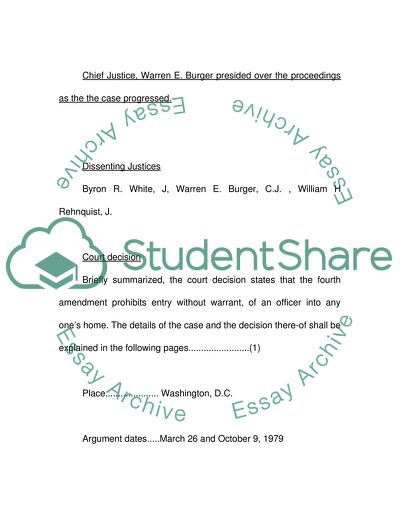Cite this document
(Payton vs New York Case Study Example | Topics and Well Written Essays - 2000 words, n.d.)
Payton vs New York Case Study Example | Topics and Well Written Essays - 2000 words. Retrieved from https://studentshare.org/law/1722051-payton-vs-new-york
Payton vs New York Case Study Example | Topics and Well Written Essays - 2000 words. Retrieved from https://studentshare.org/law/1722051-payton-vs-new-york
(Payton Vs New York Case Study Example | Topics and Well Written Essays - 2000 Words)
Payton Vs New York Case Study Example | Topics and Well Written Essays - 2000 Words. https://studentshare.org/law/1722051-payton-vs-new-york.
Payton Vs New York Case Study Example | Topics and Well Written Essays - 2000 Words. https://studentshare.org/law/1722051-payton-vs-new-york.
“Payton Vs New York Case Study Example | Topics and Well Written Essays - 2000 Words”. https://studentshare.org/law/1722051-payton-vs-new-york.


